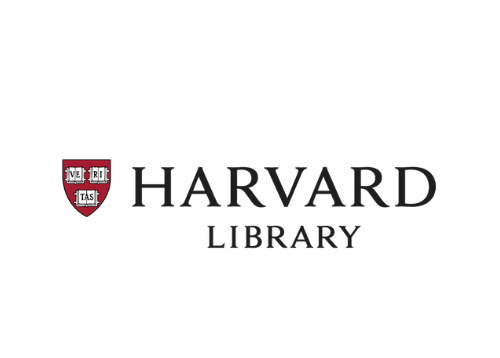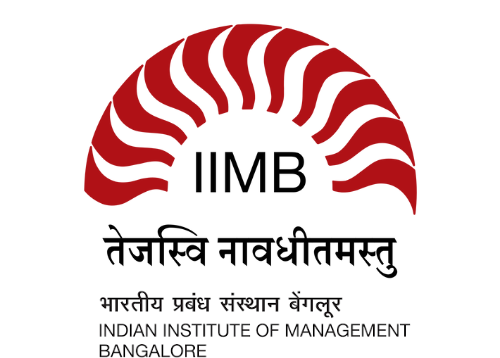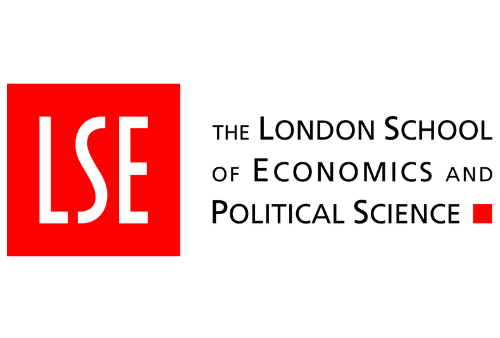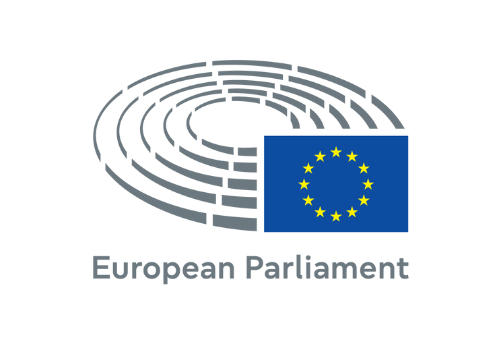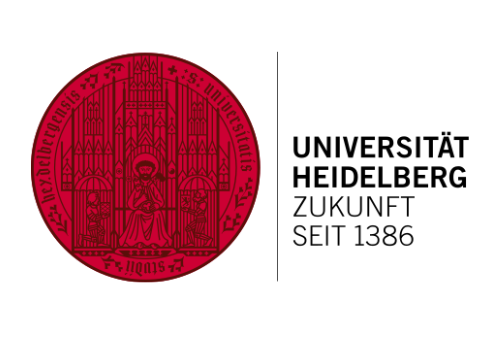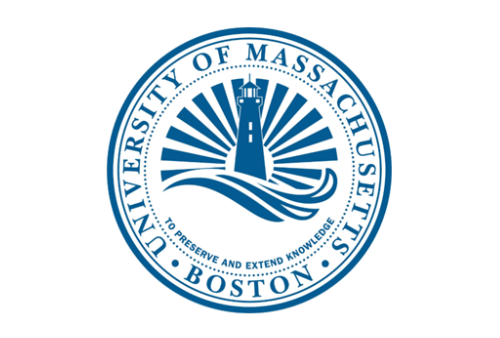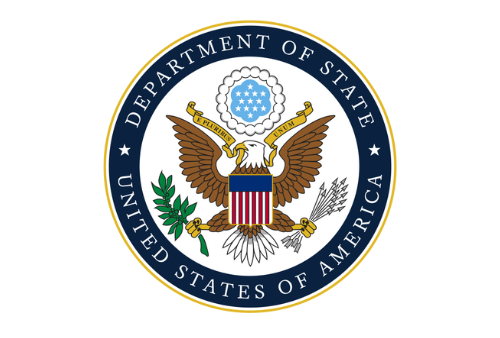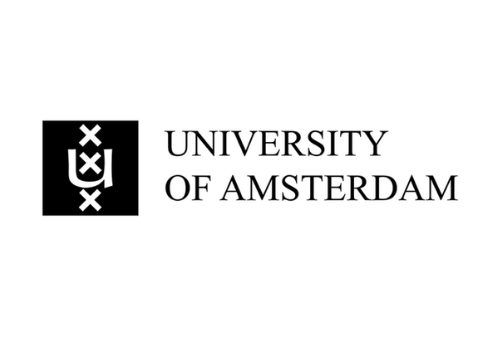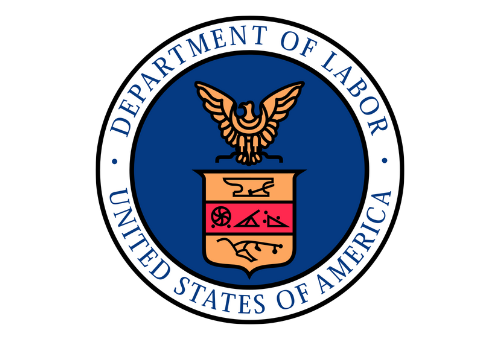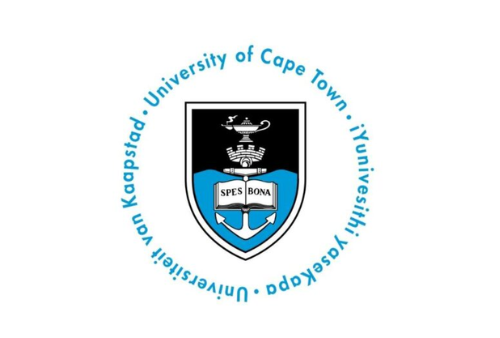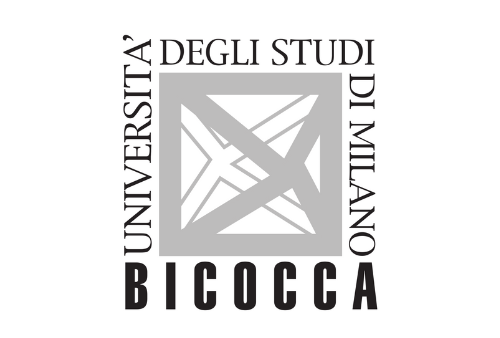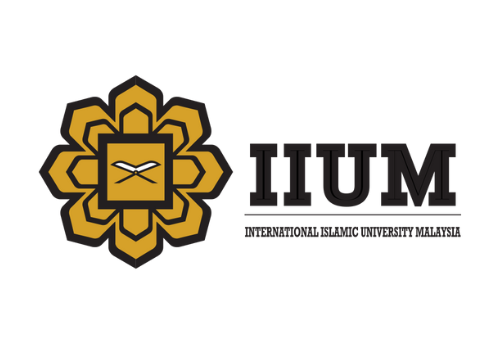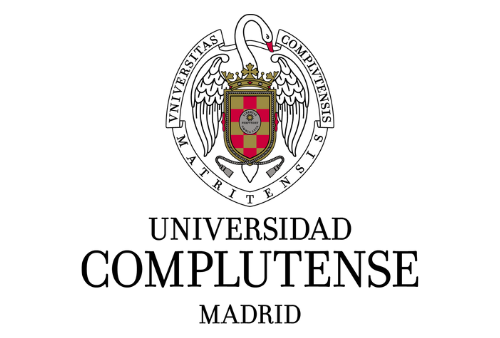BRIDGING THE DIVIDE: ADDRESSING THE GAP BETWEEN DEVELOPED AND DEVELOPING NATIONS IN INTERNATIONAL ENVIRONMENTAL LAW
Bhagesh Gupta, Law Student.
This study explores the systematic legal and financial imbalance that hinders equitable participation in international environmental law. International environmental law allows nations to work together to address issues such as pollution, climate change, and loss of biodiversity. The Stockholm Conference of 1972, the Rio Conference of 1992, and the Paris Agreement of 2015 are examples of treaties that have made provisions for sustainable development and the protection of the environment.
Owing to differences in the monetary and non-monetary resources, developed and developing countries are still not on par. Developed countries tend to invest in renewable sources of energy, the latest technologies on waste management, and tech innovations, but developing markets have limited range in some of these areas, as they rely on traditional energy, and have poorer infrastructure and economic resources.
The study highlights the role of funding innovation, sharing, and institutional partnerships in bridging the gap. Closing this gap requires sustainable coalitions such as financial support, technology transfer, and infrastructure provision. The Green Climate Fund and other development approaches, such as public-private partnerships, can assist the underdeveloped economy to acquire the required resources to foster ecologically sustainable practices. Debt-for-nature swaps and taxation incentives can also bolster investments in ecology.
| 📄 Type | 🔍 Information |
|---|---|
| Research Paper | LawFoyer International Journal of Doctrinal Legal Research (LIJDLR), Volume 3, Issue 2, Page 447–464. |
| 🔗 Creative Commons | © Copyright |
| This work is licensed under a Creative Commons Attribution-NonCommercial 4.0 International License . | © Authors, 2025. All rights reserved. |


